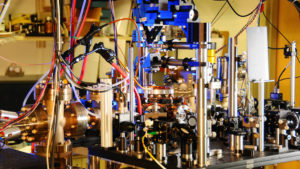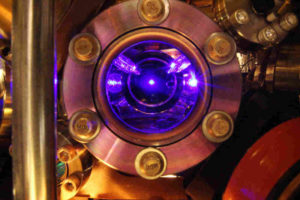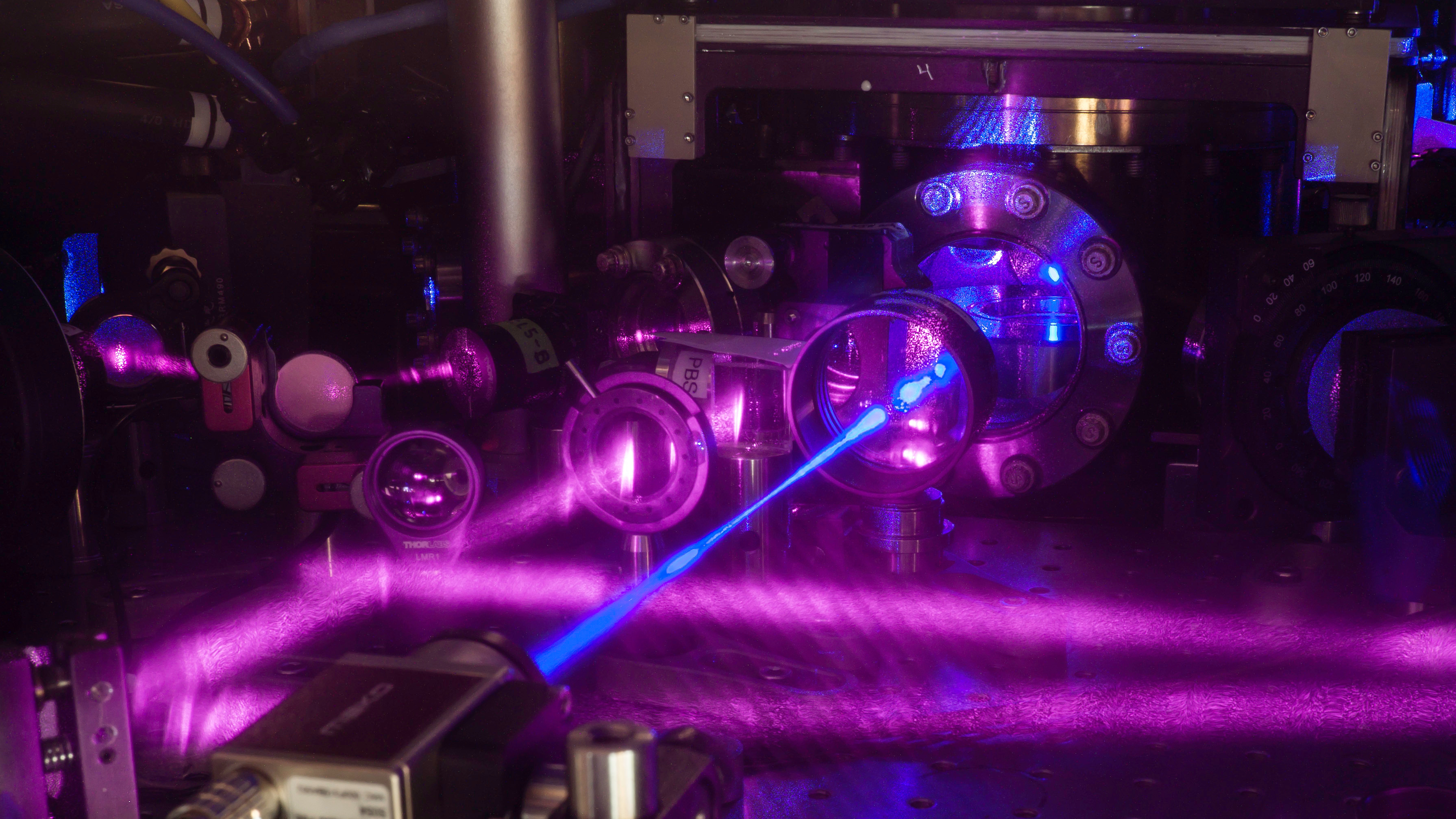The presence of dim issue is recommended by means of its gravitational consequences for the developments of stars and universes. In any case, it remains a secret with respect to what it may be made out of, and ventures running from the most incredible particle smasher at any point worked to tanks of cold fluid xenon have neglected to discover a hint of it up until now, lead ponder writer Piotr Wcisło, a physicist at Nicolaus Copernicus University in Toruń, Poland, told Space.com.
Researchers have to a great extent wiped out every single referred to molecule as conceivable clarifications for dim issue. One residual plausibility is that dull issue is made of another sort of molecule; another is that dim issue isn’t made of particles by any means, but instead a field that invades space much like gravity does. [8 Baffling Astronomy Mysteries].

Presently researchers are trying the presence of dull issue fields by searching for aggravations in the absolute most precise logical instruments at any point built — nuclear timekeepers.
These instruments keep time by observing the trembling of particles, much as pendulum tickers depend on swinging pendulums. These days, nuclear tickers are accurate to the point that they would lose close to 1 second every 15 billion years, longer than the 13.8-billion-year age of the universe.
The analysts utilised optical nuclear timekeepers, which use laser pillars to quantify the movements of molecules when they are backed off by cooling them to temperatures close supreme zero.

They determined that going through a topological imperfection could increment or decline the fine-structure steady, which portrays the general quality of the electromagnetic power. Such changes would adjust how particles react to lasers and the rate at which those timekeepers ticked.
By dissecting four nuclear timekeepers on three landmasses — in Colorado, France, Poland and Japan — the specialists could search for inconspicuous varieties in the fine-structure steady with around multiple times more prominent affect-ability than past examinations. Notwithstanding, they didn’t identify any flag steady with dim issue.

One of the significant issues of optical nuclear timekeepers is that they can as of now just work ceaselessly for about multi day, Wcisło said. One explanation behind this is optical nuclear tickers need to keep numerous lasers working in a state of harmony so as to work, and after some time no less than one of these lasers drop out of adjust.
In any case, Wcisło noticed a key preferred standpoint of their system is that it doesn’t require every one of its tickers to work in the meantime.
The researchers intend to twofold the quantity of checks in their system in the following year or two, Wcisło stated, which could build the affect-ability and perception time of their system by a factor of at least 10.
Source: Live Science and Space.com









